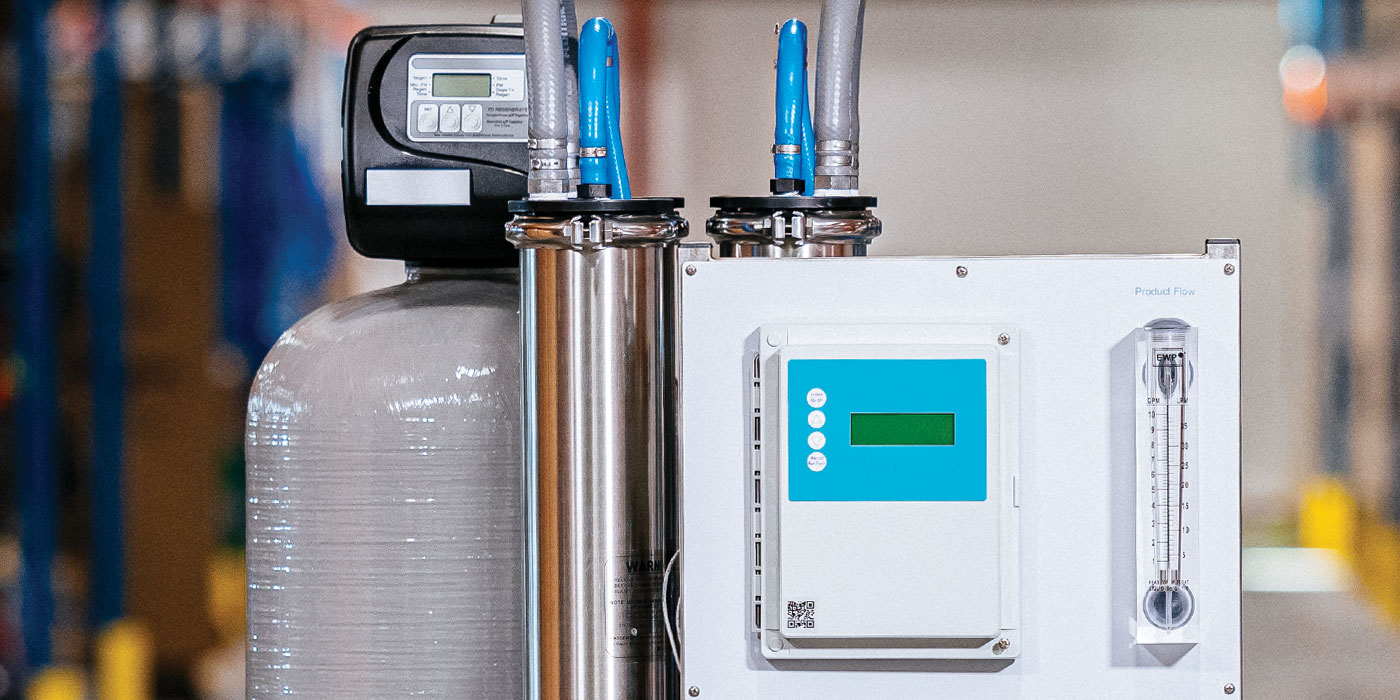The U.S. faced significant inflation, high energy costs, supply shortages and more labor challenges in 2022. Although our country’s unemployment rate, as of September, is 3.5% — a vast recovery from the early pandemic days of April 2020 when unemployment soared to 14.7% — elevated costs are wiping out wage gains for many Americans.
In January 2022, survey findings on salary increase projections were released by WTW, a global advisory, broking and solutions company. According to WTW’s survey of over 1,000 U.S. companies, businesses projected an overall average wage increase of 3.4% in 2022, compared to an average of 3% that was budgeted just months prior.
Why are businesses boosting raises? Inflation is an obvious reason. The U.S.’s inflation rate in January 2022 was just under 7.5%. In June, it peaked at 9% and in September it was 8.2%. Even with a larger paycheck, average noted wage gains are diminished with inflation.
Related: The carwash industry is facing headwinds
Another reason why employers are shelling out more compensation leads to a challenge many retailers, including carwashes and detailers, faced since last year. Many employees are simply not interested in returning to a traditional work environment and, for those who do return, they’re not staying very long in many situations. These labor challenges are defining this era known as the Great Resignation.
In September, the U.S. Department of Labor noted the median number of years that wage and salary workers had been with their current employer was 4.1 years in January 2022. While this median is unchanged since January 2020, the data also highlights an interesting trend among younger generations and a shift that businesses must prepare now for as older, traditionally more loyal generations, phase out of the workforce.
As the U.S. Department of Labor noted, median employee tenure is generally higher among older workers. For example, the median tenure of workers ages 55 to 64 (9.8 years) is more than three times that of workers ages 25 to 34 (2.8 years).
Many younger workers are looking for opportunities with flexible schedules and higher pay over an annual 3% wage increase. While staying put might net these employees as high as a 3.4% average increase, jumping jobs can increase salary by nearly 10% or more. According to the Pew Research Center, the typical American who changed jobs from April 2021 to March 2022 saw a 9.7% increase in “real” wages compared to the prior year, covering the rate of inflation.
Considering the average cost per hire in the U.S. sits at around $4,000, according to a study from SHRM, employers are best served figuring out why employees are leaving and how to best retain them now more than ever.














